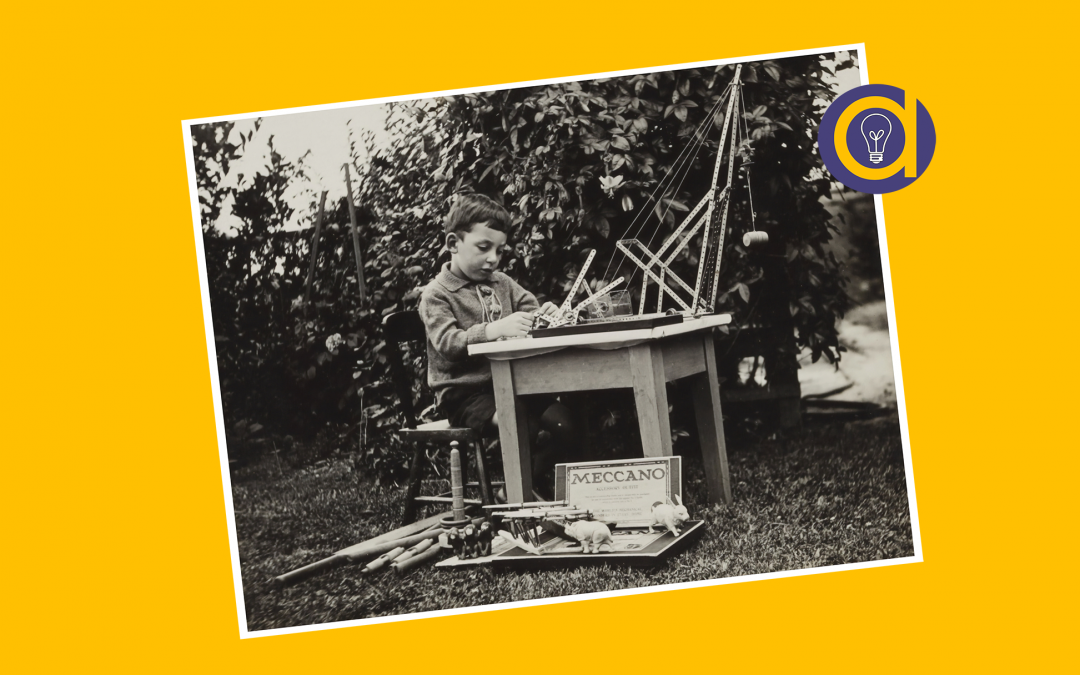“The role of the teacher is to create the conditions for invention rather than provide ready-made knowledge.” Seymour Papert
High quality learning is active – in other words, it involves the learner doing something. But it’s all too easy for a teacher or instructor to fall in to the trap of talking too much, leading to passive learning.
Online learning – and particularly e-learning – often falls into this trap too. The lure of the ‘create a great video and people will learn’ is a weakness of many online courses.
Researcher John Biggs’ three levels of learning explain this problem well. At level 1, we ‘blame the learner’ if they don’t learn – it’s because they’re not clever enough, or not focused enough. At level 2, we ‘blame the teacher’ if learners struggle – it’s the teacher’s fault for not teaching effectively.
But at level 3, the important thing is ‘what the learner does’. The less the teacher does, the more the learner has to do – and the more they learn.
So does this mean the teacher shouldn’t do anything?
Not at all. As Papert’s quote illustrates, the majority of the work done by the teacher or learning designer should happen before the learner shows up. Their work should focus on:
- creating an environment that is conducive to great learning (whether online or in-person),
- developing activities that enable learners to learn through doing something meaningful and reflecting on what they have done, and
- providing timely feedback to guide and support learners and develop their confidence as they move through the course or training.
Creating the ‘conditions for invention’ enables learners to make meaningful connections between their existing knowledge and the new knowledge created as they work through the activities. This applies as much for live, facilitated sessions as it does for e-learning, and will lead to higher quality learning outcomes.
See also:
- Biggs, J. and Tang, C. (2011) Teaching according to how students learn. In Biggs, J. and Tang, C. (eds.) Teaching for Quality at University: What the Student Does. (4th edition). Open University Press, 16-33
- for a good summary of Biggs’ three levels of teaching, see this post on FutureLearn
You might also like:


